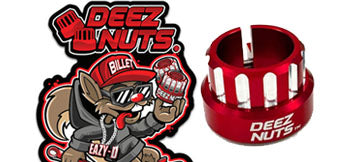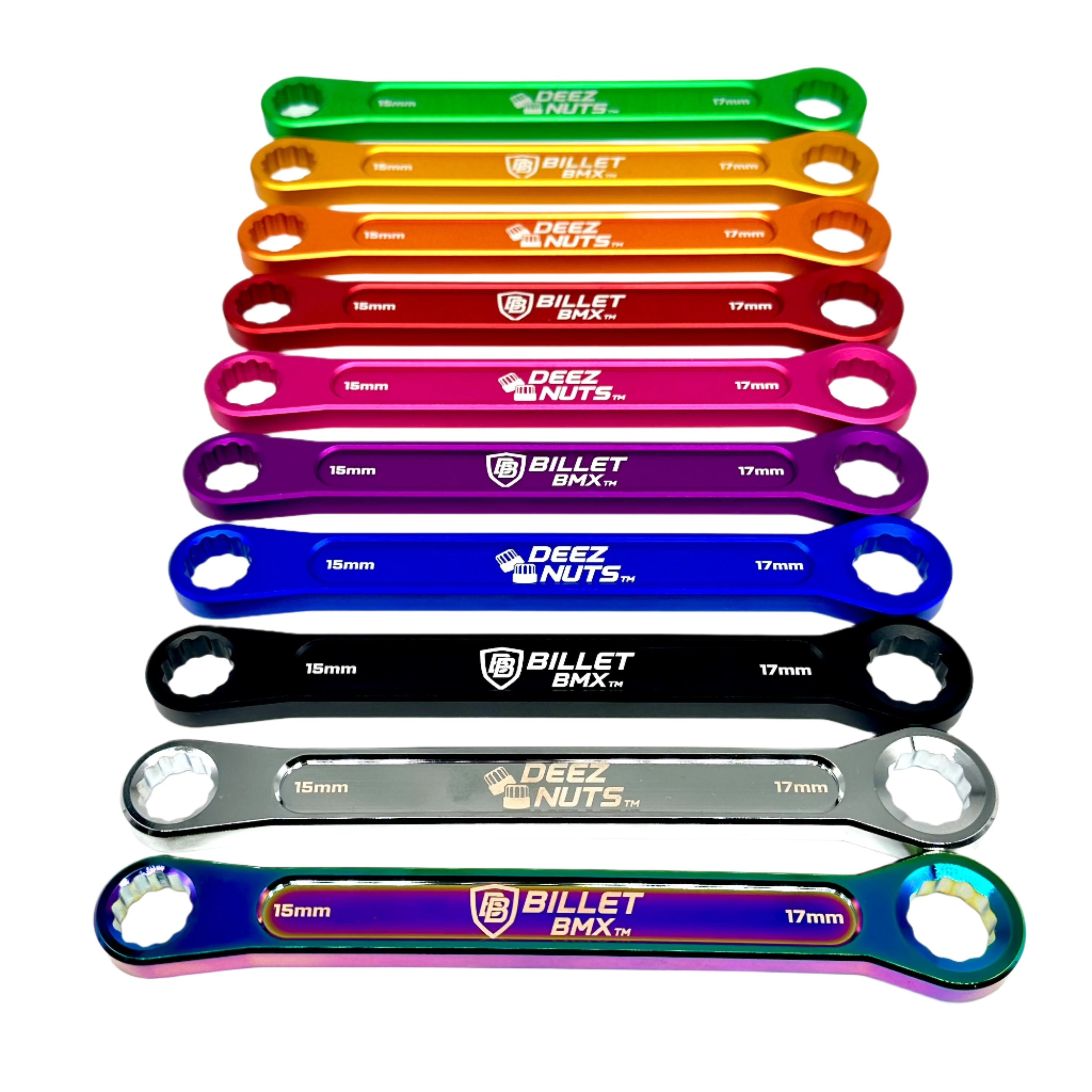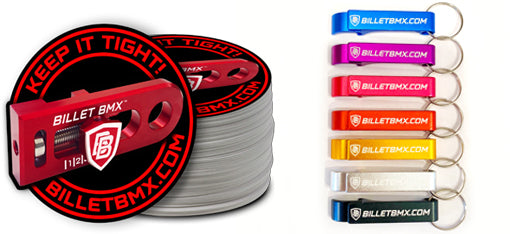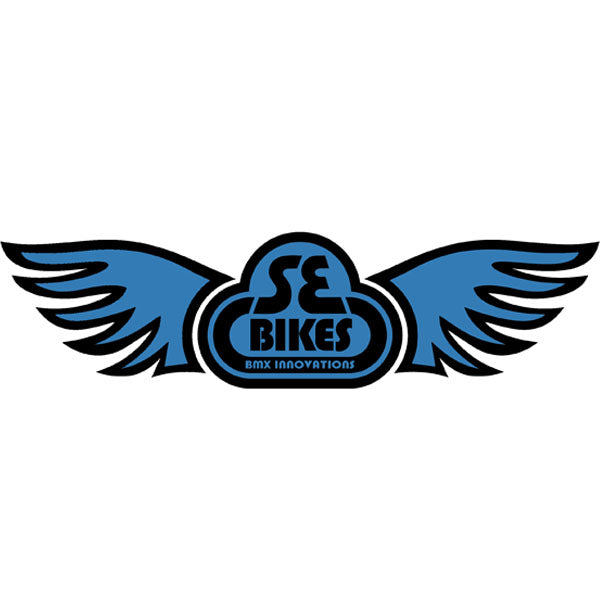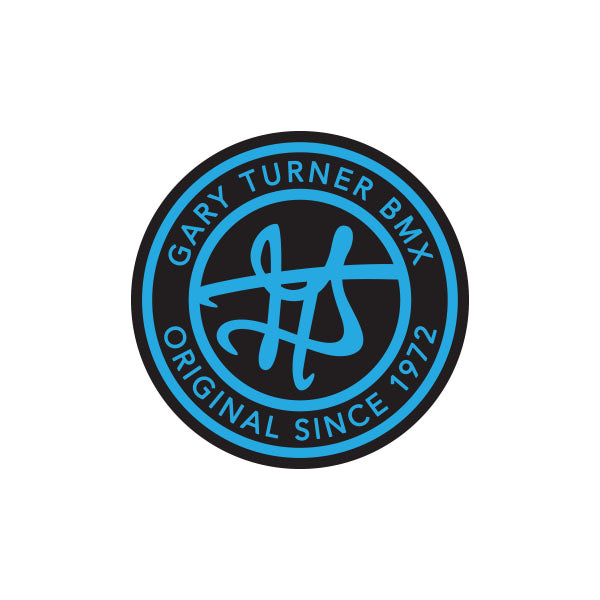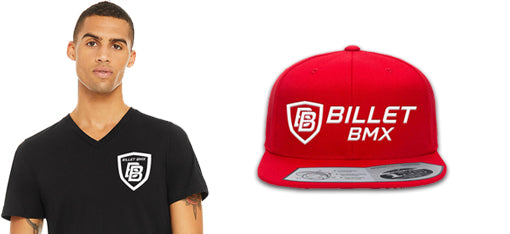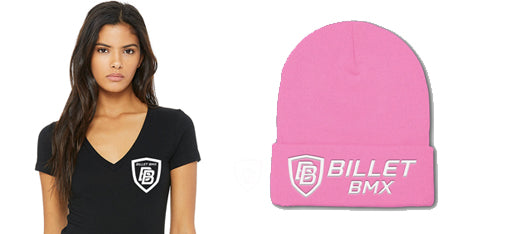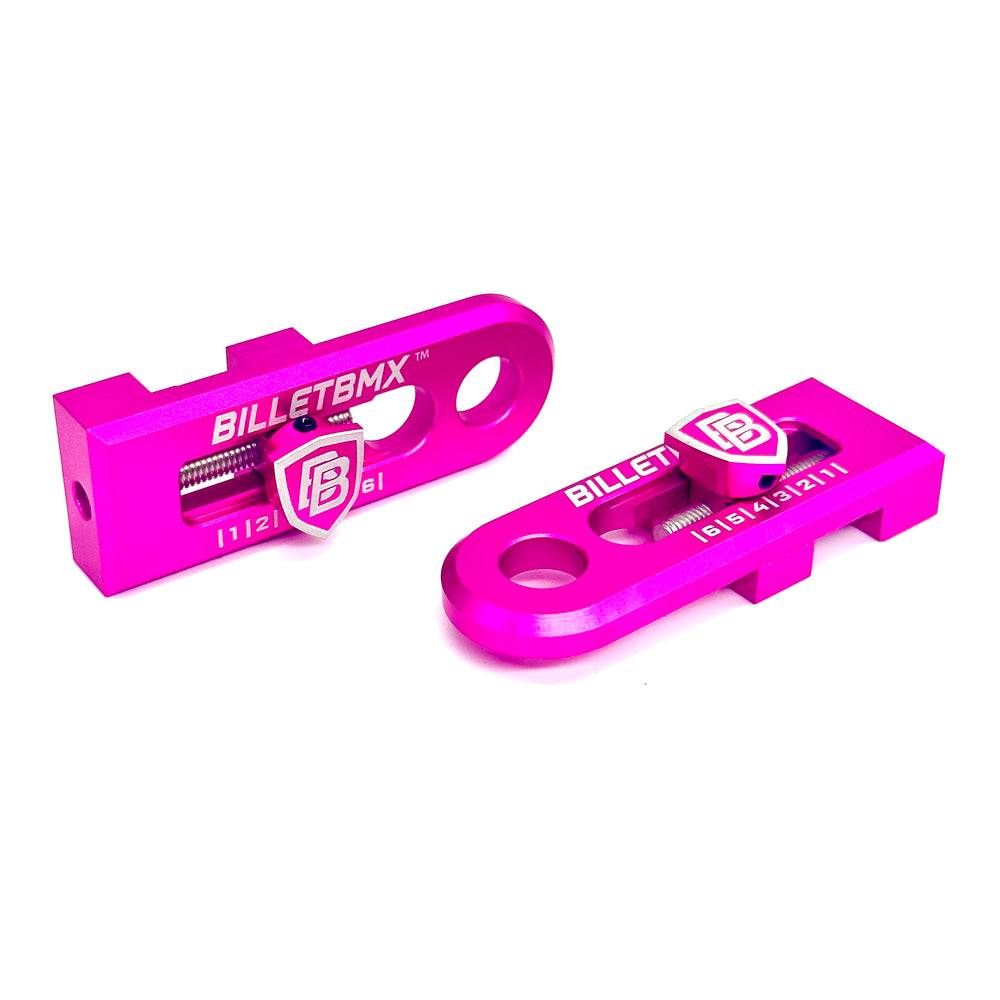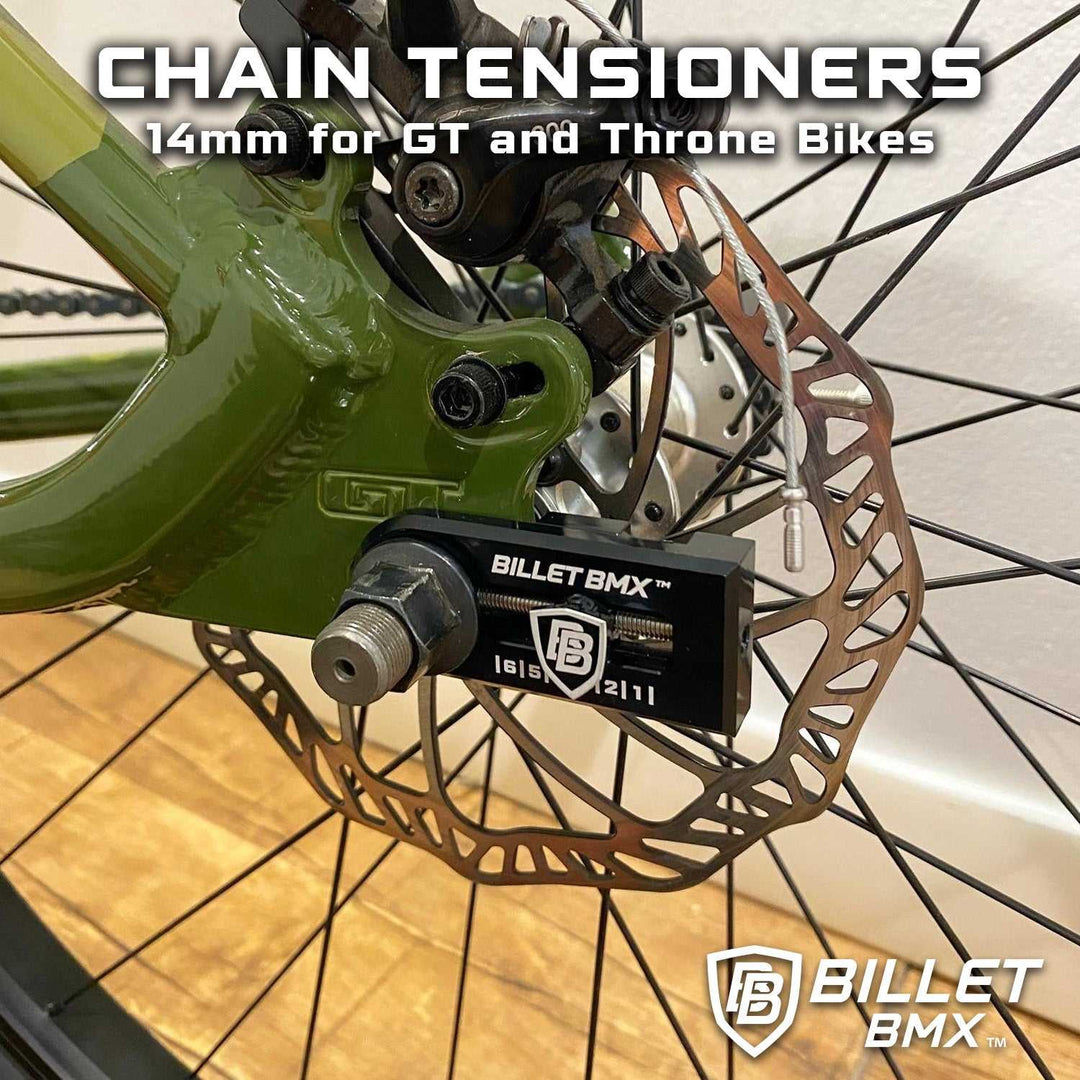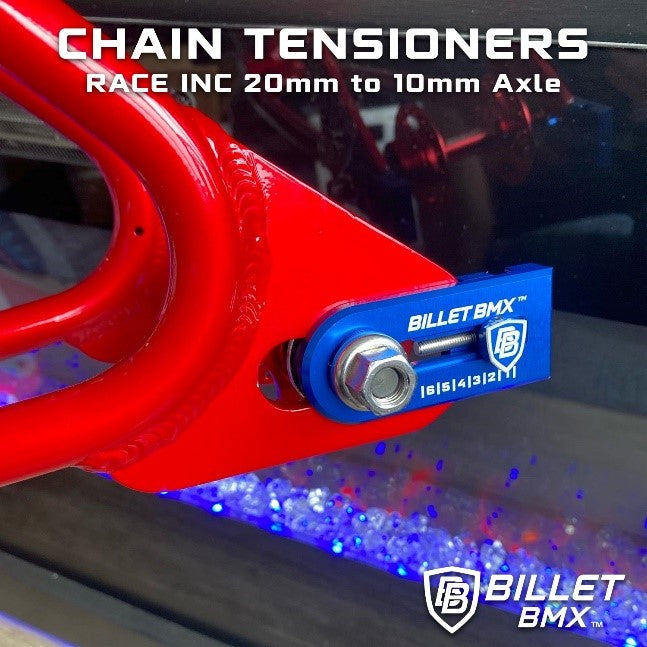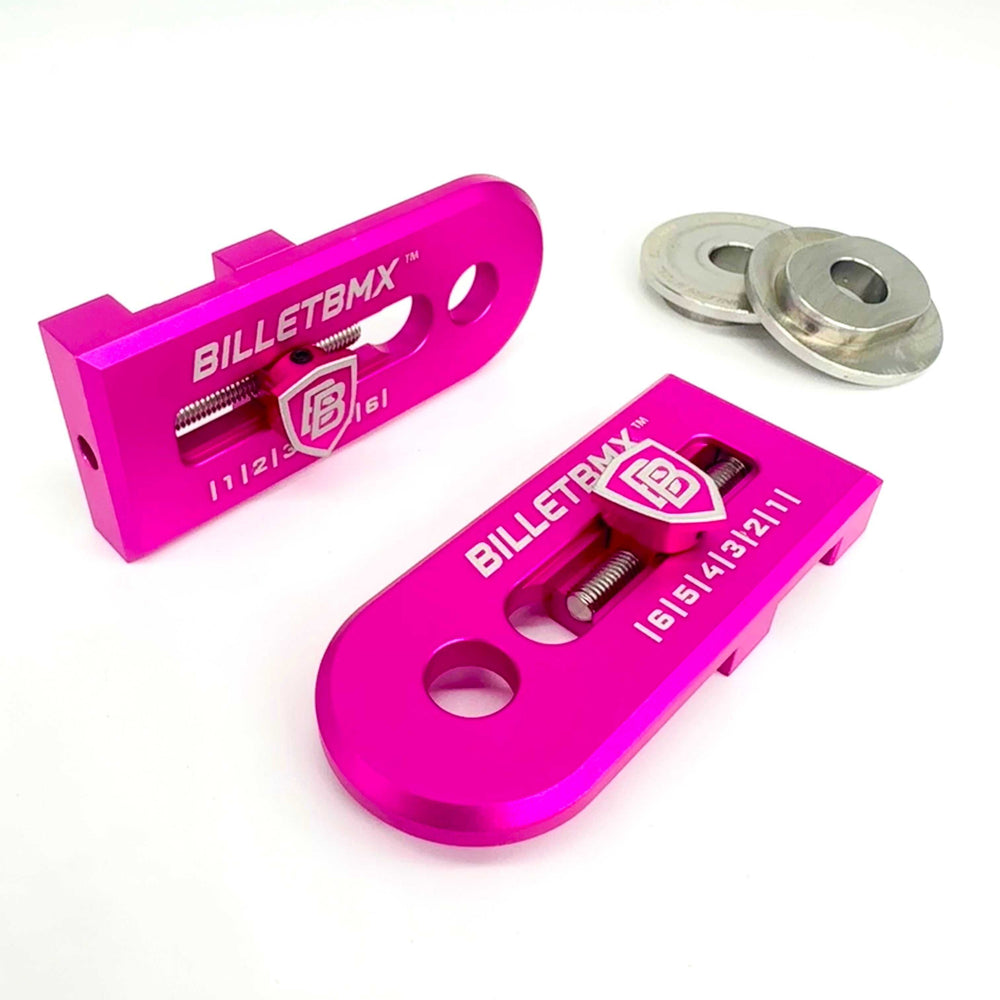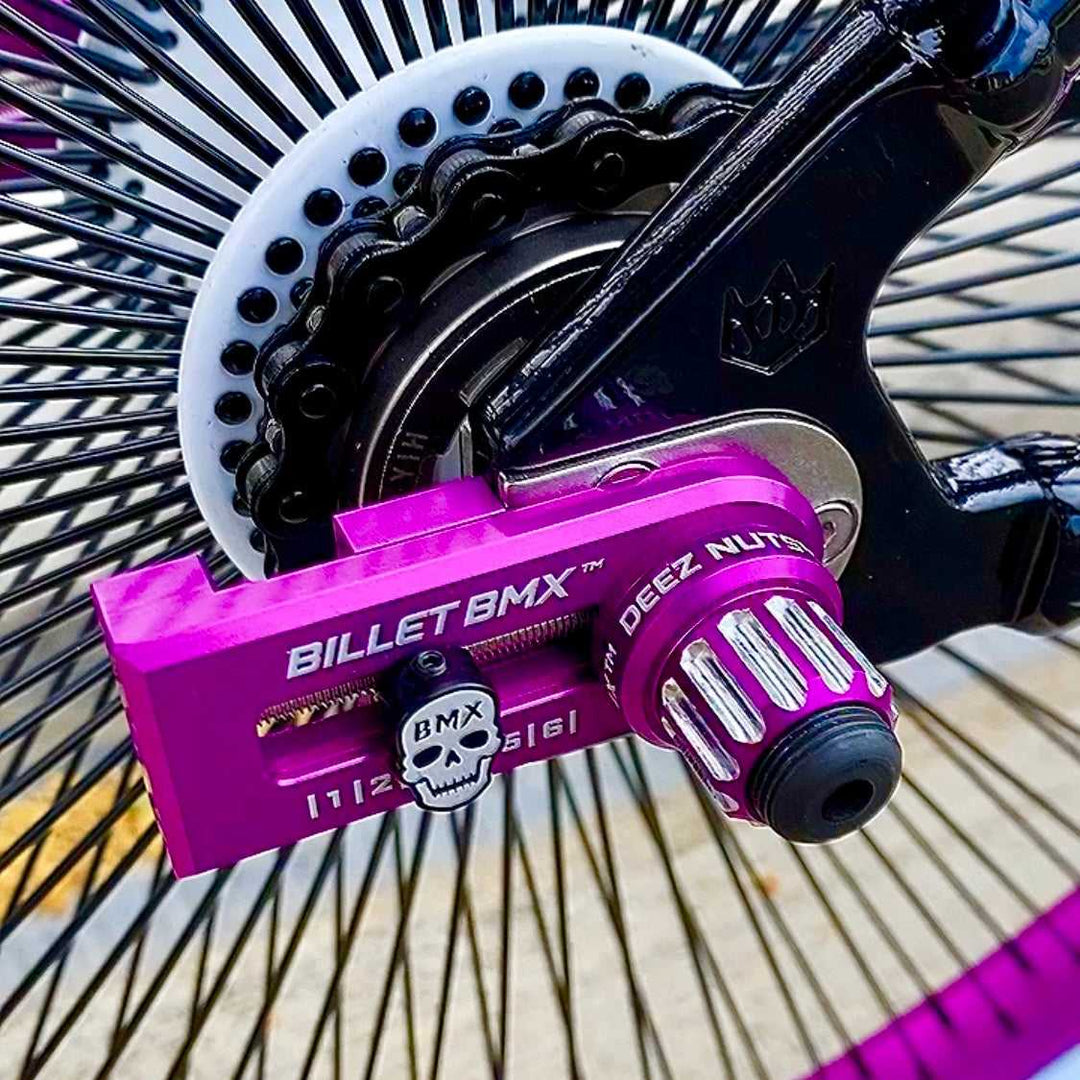How Many Headset Spacers Do You Really Need?

When building or customizing a BMX bike, small components can make a big difference and headset spacers are a perfect example. They might seem like simple rings that sit under your stem, but they play an important role in your bike's fit, feel, and performance.
So, how many headset spacers do you really need? The answer depends on your riding style, frame geometry, and personal preference. In this guide, we’ll break it all down so you can make the right decision for your setup.
What Are Headset Spacers?
Headset spacers are small cylindrical rings, usually made of aluminum or carbon, that fit on the fork’s steerer tube between the headset and the stem. Their main purpose is to adjust the height of your handlebars.
They come in various thicknesses commonly 2.5mm, 5mm, 10mm, or 20mm—and are often used in combinations to fine-tune your setup.
Why Headset Spacers Matter in BMX
Unlike in road or mountain biking, where bike fit is precise for endurance and posture, BMX headset spacers are mostly about:
-
Comfort: Raising or lowering your handlebars changes your riding position.
-
Control: A higher bar can make manuals and hops easier.
-
Customization: Fine-tune bar height without cutting your steerer tube.
In freestyle BMX, bar height can influence trick flow. In BMX racing, it can affect your sprint position and control on the gate.
How Many Headset Spacers Should You Use?
For Freestyle BMX Riders:
-
Recommended Spacer Height: 5mm to 20mm
-
Why: Adding headset spacers raises your bars slightly, making it easier to pop tricks, do nose manuals, and maintain control in transitions.
-
Common Setup: One 10mm spacer or two 5mm spacers under the stem.
For BMX Racing Riders:
-
Recommended Spacer Height: 2.5mm to 10mm
-
Why: Racers prefer a more aggressive, aerodynamic posture. Too many spacers can raise your bars too high and hurt performance.
-
Common Setup: A single 2.5mm to 5mm spacer for fine-tuning reach.
What Happens If You Use Too Many Headset Spacers?
While you can technically stack spacers as high as your steerer tube allows, using too many has downsides:
-
Less Responsive Steering: A very high front end may feel sluggish.
-
Poor Aesthetics: An overly tall stack can look awkward.
-
Stem Clamp Safety: Your stem should be clamped fully on the steerer not halfway due to excessive spacers.
Ideally, your stem should clamp on at least 30mm of the steerer tube. Always leave a small spacer (around 2.5mm) above the stem if you're not cutting the steerer, so the top cap can preload the headset properly.
How to Measure the Right Spacer Height
-
Set the Stem Where You Want It
Place your stem on the steerer and adjust the bar height until it feels right. -
Fill the Gap with Spacers
Use a combination of spacers below the stem to reach your ideal height. -
Add a Top Spacer
Add a small spacer above the stem before tightening the top cap to preload the headset correctly.
Can You Ride Without Any Headset Spacers?
Yes but only if:
- Your steerer tube is cut to the exact length needed
- Your bar height feels comfortable
- Your stem still clamps securely
Many pro riders prefer a slammed stem (no spacers) for a lower front end and stiffer feel. But unless you're sure about your setup, it’s better to use a few headset spacers for flexibility.
Final Thoughts
So, how many headset spacers do you really need? It comes down to how you ride and what feels best:
-
Freestyle: Start with 10mm–15mm and adjust from there.
-
Racing: Stick to 2.5mm–5mm for a lower, more aggressive position.
-
Experiment: Don’t be afraid to try different setups and spacer combos until it feels just right.
Headset spacers may be small, but they give you the freedom to fine-tune your ride without making permanent changes like cutting your steerer.
At Billet BMX, we stock high-quality headset spacers in multiple sizes and finishes to help you get the perfect fit and the perfect look for your BMX bike.


